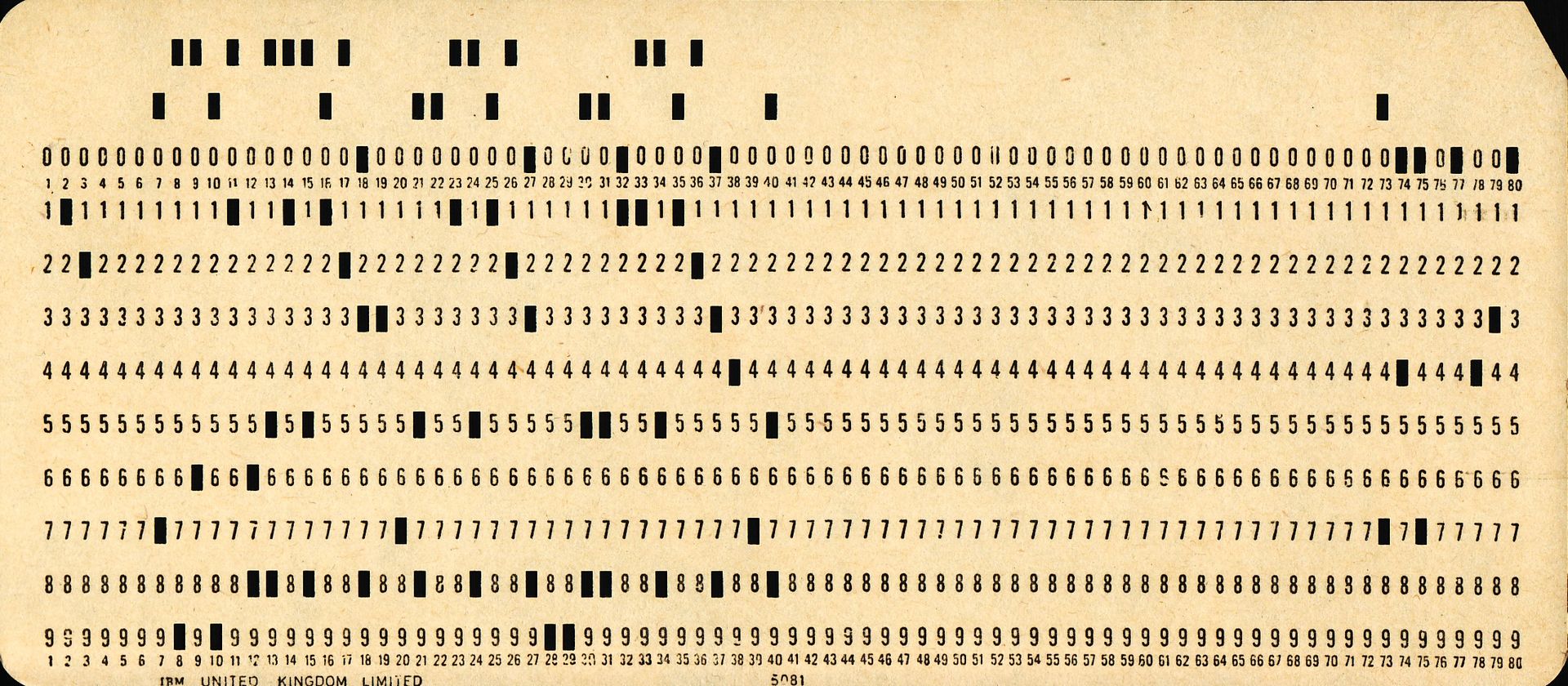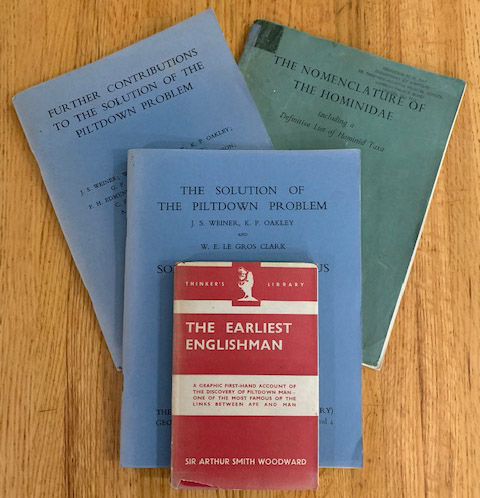My PhD supervisor, colleague and eventual friend, Michael Day, died on June 1st, 2018, aged 91.1,2 Until a few months before his death from metastatic bowel cancer, he was fit and well. The last time we saw each other was at his house in Kelsale, Suffolk, when I helped him retrieve one of his beloved Labradors from a mud-filled moat! He was on good form, so much so that he had not long before played real tennis3 with his long-standing partners.
Michael, who was one of my anatomy teachers, introduced me to human evolution. He suggested I investigate the OH 8 talus for my undergraduate project, and two years later he encouraged me contact Richard Leakey to ask if I could join Richard’s 1968 expedition to East Rudolf. A colleague told me recently that when they were working in the National Museums of Kenya they came across my letter to Richard, but I am sure it was Michael who helped broker an opportunity that changed my own career plans.
As befits his generation, Michael’s mentoring style was formal, and I regret I never entirely penetrated that formality to get to know him better. Michael could be stubborn, but he was never dogmatic. We disagreed about how to interpret the hominin postcranial fossil evidence from Olduvai, and I did not appreciate at the time how difficult this must have been for him. Mentor/mentee relationships can be fraught, but with the enormous benefit of hindsight, he taught me more than I was prepared to admit to him - I just hope he understood how much I appreciated the opportunities he gave me.
After Michael retired from the Chair of Anatomy at St. Thomas’ Hospital Medical School in 1989, he became affiliated with the Palaeontology Department of the Natural History Museum in London, where he had an office that contained most of the impressive library that he donated to the museum. But he kept some books and reprints at home, and recently his son Jeremy sent me a selection that he thought Michael would have wanted me to have. I am grateful to have these memories.
Michael’s descriptions and analyses of important fossil evidence were elegant and clear. He was careful to avoid the common mistake of confusing evidence with interpretation, and when he did offer an interpretation he pointed out alternatives. While he encouraged me to explore the potential of multivariate analysis, he was more comfortable with more traditional methods of data analysis. Yet, when Mary Leakey turned to Michael to analyze the 3.66 Ma fossil hominin footprint trails she had uncovered at Laetoli, he enthusiastically embraced the use of photogrammetry, and his 1980 report (together with Wickens)4 is a landmark paper that, to judge from the number of times it has been cited, deserves more recognition than it has received.
All of which brings me to the topic of half-life.
Half-life is the time required for any specified property to decrease by half. It is a term that is usually used in connection with radioactivity, or the concentration of a substance in the body, but I want to suggest that it can also be used in relation to expertise.
Let me give you an example. When I was a medical student, my anatomy professor was an appropriately cadaveric Scotsman by the name of Eldred Walls. In the 1960s, the anatomy Professor - at that time in a UK medical school it was unusual for there to be more than one professor in a topic - was a person of considerable influence, who was both revered and feared by students. Eldred was a consummate teacher, illustrating his lectures by drawing on the blackboard. He was ambidextrous, and his ‘tour de force’ was to use both hands simultaneously to draw cross-sections of the brainstem and spinal cord. His research interests were eclectic, in that he studied the microscopic anatomy of the conducting tissues the heart and the external anal sphincter! For the latter, he also cooperated with a physiologist to use electromyography to record when the sphincter contracted. One of his favorite questions was to ask what muscles were involved when a tennis player hits a forehand, and he was not be satisfied until you had mentioned the external anal sphincter and the adductors of the vocal cord, both of which contract reflexly to help steady the thorax, thus fixing the medial ends of the extrinsic muscles of the upper limb. Eldred was also a consummate dissector, who could take a botched student dissection, and turn it into a work of art.
My point is that the teaching and research skills Eldred learned when he was in his third decade saw him through to the end of his career, and beyond.5 These days, unless you are singer, a musician or an artist, expertise has a much shorter half-life. No sooner you learn most analytical methods, you have to learn its updated version. When Eldred Walls was a student he communicated by the same means - letter and telephone - that he used in his final years. He did not have to learn how to use the many gadgets we have at our disposal, let alone the software you need to get the best out of them. When I was doing my PhD, my multivariate analyses were processed using the only computer in whole of The University of London available for research. My data were transcribed onto punch cards, and the analyses were programmed using control cards. One mistake in punching any of the cards resulted in a failed analysis, so instead of the hoped for several inch-thick paper output, all you had was three sheets telling you the ‘job’ had been rejected. These days there is more computing power in most dishwashers than there was in The University of London Computer Center. Our old dishwasher had two settings: our new one seems to have an infinite combination. My prejudice is that modern humans are not well-adapted to the constant pressure to have to learn something new.

In a previous blog, I wrote about the tendency for paleoanthropologists to indulge in historicism,6 and quoted from Winston Churchill’s eulogy for Neville Chamberlain. Churchill said “history with its flickering lamp stumbles along the trails of the past, trying to reconstruct its scenes, to revive its echoes, and kindle with pale gleams the passion of former days.” The same “flickering lamps” (i.e., methods) served Eldred Walls and Michael Day for most of their careers, but the methods used to collect data from fossils today are not the same ones I, or my predecessors, used (e.g., micro CT vs. calipers).
But, no matter how sophisticated methods have become, they are still the equivalent of a “flickering lamp.” We must hope that we make at least as good use of our flickering lamps, as Eldred Walls and Michael Day did of theirs.
3https://www.nytimes.com/2015/10/04/travel/england-real-tennis.html
4Day, M.H., & Wickens, E.H. (1980). Laetoli Pliocene hominid footprints and bipedalism. Nature, 286, 385–387.
5‘Obituary: Eldred Wright Walls (1925-2007)’. 2008. Wood, B.A. J. Anat. 213: 229-230.



